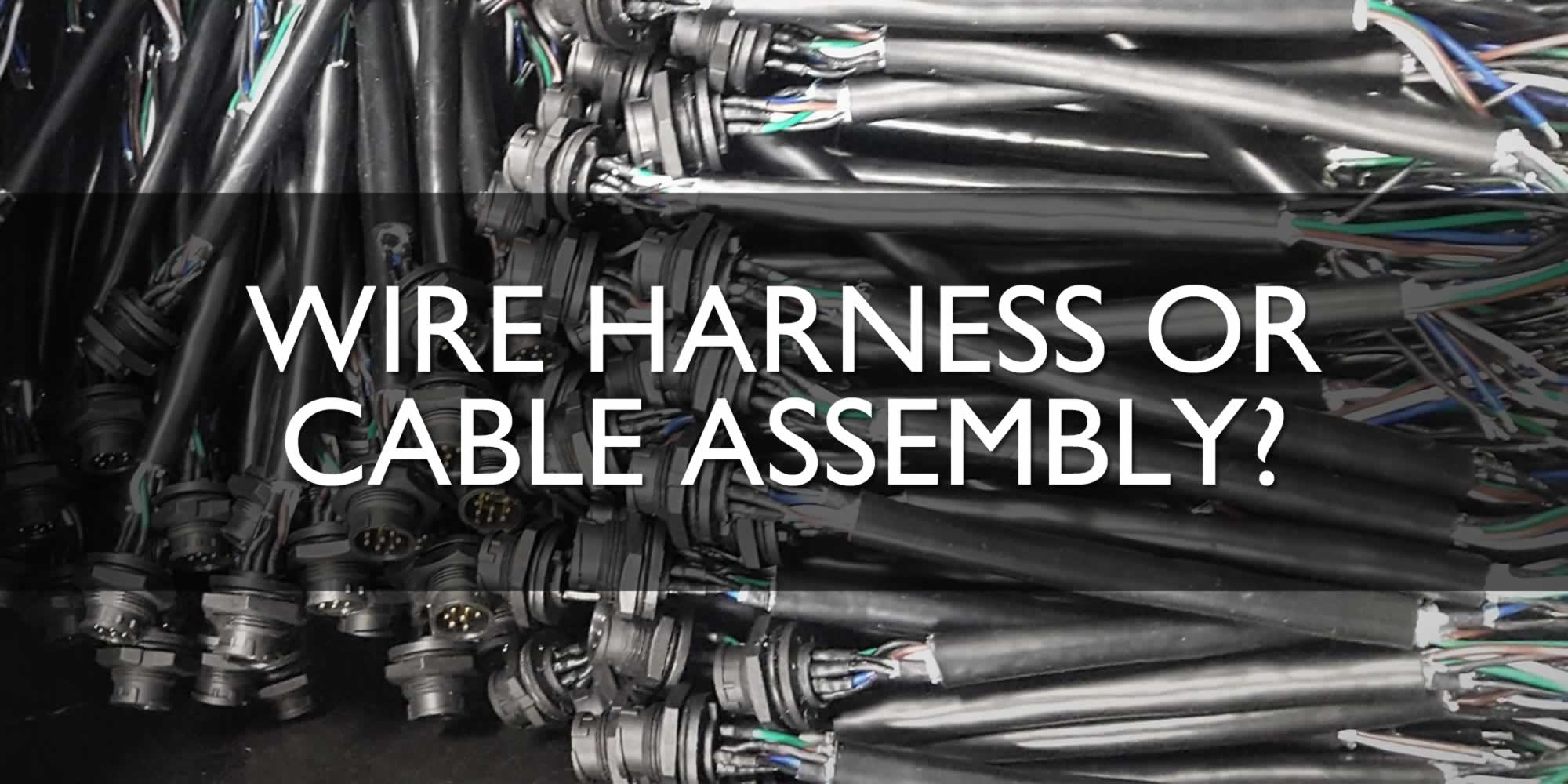Many professionals use wire harnesses and cable assemblies interchangeably and the products themselves have very similar basic functions. So, can they really replace each other? The answer is negative. Wire harnesses and cable assemblies are often confused to be the same thing. In fact, although they have many similarities, they are actually very different. Their purpose in the application is not exactly the same as well. This article will explain their similarities and differences. Wirafe hopes that it will help you purchase the products you want correctly.

Before comparing a wire harness and a cable assembly, it is important to note the difference between a wire and a cable at first. These terms are also used as alternatives, despite being very different products. Essentially, a wire is a strand of wire that conducts electricity, such as aluminum or copper. A cable, on the other hand, consists of two or more wires that work together. They are often tied together or braided together, which is why you see cables that look like bundles of intertwined threads.
The Wire Harness
Basically, wire harnesses are a simple outer sheath that covers some wires or cables. It is usually made of a thermoplastic or thermosetting material, which helps protect the wires from their environment. In most cases, wire harnesses bundle up cables and wires that are already protected by their own outer sheaths. That means that you could open up a wire harness and see multiple cables with their own coverings, but they are all in a single wire harness.
Wire harnesses are an inexpensive electrical solution, ideal for organizing electrical systems. By bundling wires and cables, engineers and electrical contractors can keep their wiring systems organized. Since wire harnesses are often economic options, they are generally not able to protect wires inside constant friction, temperature variations, or other factors that can damage wires inside the harness.
The Cable Assembly
Cable assemblies are a group of wires or cables covered by a much more intensive outer product. In general, they are made from strong materials such as shrink-wrapped thermoplastic, thermoplastic rubber, or vinyl. These assemblies perform a function similar to wire harnesses, especially holding wires and cables organized, but are designed for completely different environments.
Cable assemblies are designed for specific environmental factors, including the size of the area in which they are used and the types of environmental factors they may encounter. For this reason, cable assemblies can take different shapes and sizes and are designed to protect inner wires and cables from heat, friction, moisture, abrasion, compression, and other hazards.
Therefore, what is the difference between wire harnesses and cable assemblies? Well, each is used in different environments. Wire harnesses are a cost-effective way to organize wires, while cable assemblies ensure the safety of all products in the most extreme conditions. If you are looking for robust wire harnesses or cable harnesses, Wirafe can provide you with the type of product you actually need.
